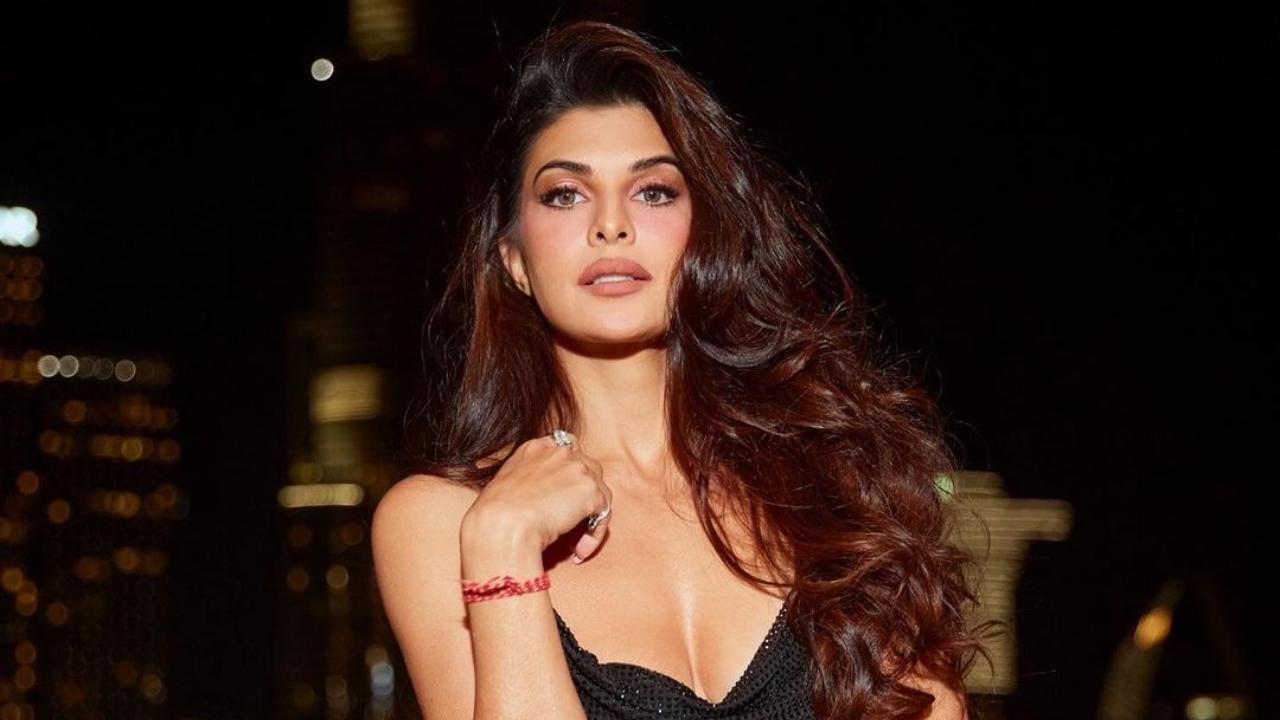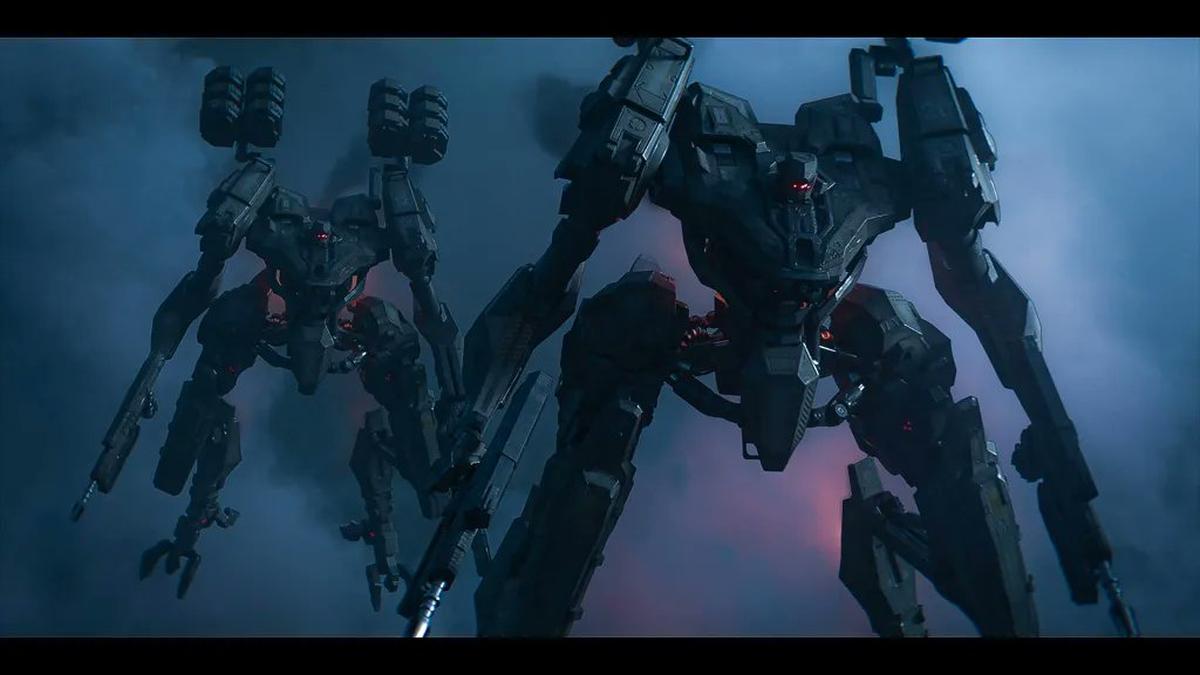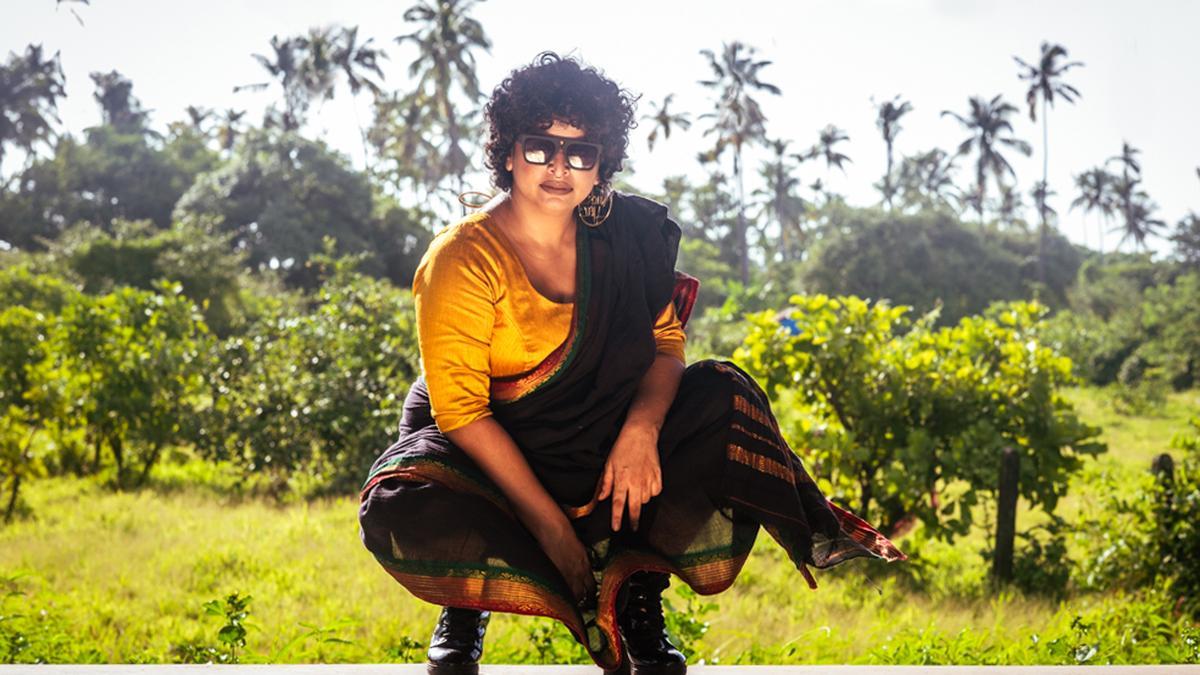
Every May, the global community of cinephiles eagerly turns its gaze to the French Riviera, where the prestigious Cannes Film Festival unveils its red carpet for a parade of filmmakers, stars, and industry insiders. In recent years, one particular tradition has seemingly captivated the essence of the festival and dominated headlines: the standing ovation.
The significance of a standing ovation at Cannes extends beyond the initial reaction to a film. It has evolved into a cultural barometer, a signal amplifying the film’s impact, and an unofficial competition for the loudest and longest tribute. In 2024, this long-standing (pun intended) tradition continues to intrigue and provoke debate, with each film’s reception being measured in minutes of applause, akin to a sport. But what does this really signify? Is it a genuine measure of a film’s value, or just a reflection of festival dynamics and the art of networking or “schmoozing”?
The origins of this practice are murky, but its prevalence gained momentum in the early 2000s with epic moments such as the 22-minute ovation for Guillermo del Toro’s Pan’s Labyrinth in 2006 and a 20-minute applause for Michael Moore’s Fahrenheit 9/11 in 2004. These marathon clapping sessions have become the stuff of festival legend, significantly influencing the films’ journeys well beyond the glittering Croisette.
Examining the response to recent Palme d’Or winners via their ovation records reveals a fascinating, albeit somewhat unpredictable, metric of audience enthusiasm. Justine Triet’s Anatomy of a Fall (2023) garnered a respectable seven-minute standing ovation. Ruben Östlund’s Triangle of Sadness (2022) edged slightly higher, clocking in at eight minutes. Julia Ducournau’s daring Titane (2021) reached a solid ten minutes, while Bong Joon-ho’s acclaimed Parasite (2019) received a more modest five-minute applause.
The tradition remains unchanged in the present day. Cannes audiences have adeptly mastered the timing of their applause, much like their skill in recognizing auteur cinema. The standing ovation has cemented itself as a rite of passage, deeply embedded in the festival’s DNA. Critics argue that the length of an ovation is as reliable an indicator as a weather forecast in Cannes. There’s even speculation that the thunderous applause echoing through the Palais des Festivals springs from a fear of being left out of the zeitgeist. Yet, the ovation provides an immediate, visceral measurement of the collective mood of the audience.
Timing an ovation is more art than science, with various outlets using different methods (explaining the discrepancies in counts): some begin timing when the credits start rolling, others when the house lights come up, and some from when attendees rise or the filmmaker starts speaking. Despite these variations, the pursuit of precision continues.
Beyond timing, the composition of the audience significantly influences the length of the ovation.
. Cannes premieres attract a blend of critics, industry insiders, high-profile guests, and lately, a swarm of aloof social media influencers. Often, their applause seems to celebrate the event or the celebrities in attendance rather than the film’s artistic merit, with big names and legendary directors usually enjoying lengthier ovations.
This year, Francis Ford Coppola’s much-discussed Megalopolis, competing for an award, garnered a seven-minute standing ovation. This reception felt more like an homage to the director’s veteran status than an accolade for his new project. The Coppola influence even stretched to the over-the-top antics of Nic Cage, who led the audience in a chant at the midnight screening of The Surfer, extending the applause.
While it’s wise to take the reliability of the standing ovation as a measure of a film’s quality with a grain of salt, it holds significant marketing value. The duration of applause can serve as a potent promotional tool, signaling potential viewers and distributors to the film’s resounding impact.
Historical data shows mixed results. Films like 2011’s The Beaver and 2012’s The Paperboy received lengthy ovations but flopped both critically and commercially. Conversely, del Toro’s Pan’s Labyrinth, boasting a staggering 22-minute ovation, currently enjoys a 95% rating on Rotten Tomatoes and a hefty worldwide box office of $83.9 million against a $19 million budget. Similarly, Fahrenheit 9/11, with its 20-minute ovation, achieved an 82% rating and an impressive global box office of $222.4 million on a modest $6 million budget.
The standing ovation phenomenon at Cannes remains an intriguing tradition. Whether it boosts a film’s prospects for the top prize, strengthens its awards season run, or amplifies its box-office earnings, the ritual persists, capturing the festival’s spirit—a confluence of art, spectacle, and the pervasive fear of missing out that entangles each attendee.
Here’s a comprehensive list of the films that have received standing ovations at Cannes 2024 to date, ranked by the duration of their applause:
Beating Hearts (IN COMPETITION) – 15 Minutes
The Count of Monte-Cristo (OUT OF COMPETITION) – 12 Minutes
The Substance (IN COMPETITION) – 11 Minutes
Emilia Pérez (IN COMPETITION) – 10 Minutes
Anora (IN COMPETITION) – 10 Minutes
Horizon: An American Saga (OUT OF COMPETITION) – 10 Minutes
Veteran 2 (I, The Executioner) (OUT OF COMPETITION) – 10 Minutes
Parthenope (IN COMPETITION) – 9.5 Minutes
Marcello Mio (IN COMPETITION) – 8.5 Minutes
Bird (IN COMPETITION) – 8 Minutes
The Apprentice (IN COMPETITION) – 8 Minutes
Megalopolis (IN COMPETITION) – 7 Minutes
Furiosa: A Mad Max Saga (OUT OF COMPETITION) – 7 Minutes
The Surfer (OUT OF COMPETITION) – 6 Minutes
The Girl With The Needle (IN COMPETITION) – 6 Minutes
Kinds of Kindness (IN COMPETITION) – 5 Minutes
Rumours (OUT OF COMPETITION) – 5 Minutes
Oh, Canada (IN COMPETITION) – 4 Minutes
The Shrouds (IN COMPETITION) – 3.5 Minutes
The Second Act (OUT OF COMPETITION) – 3.5 Minutes
This list is being updated live as new films premiere at Cannes 2024, ensuring an ongoing narrative of the festival’s most applauded moments.










